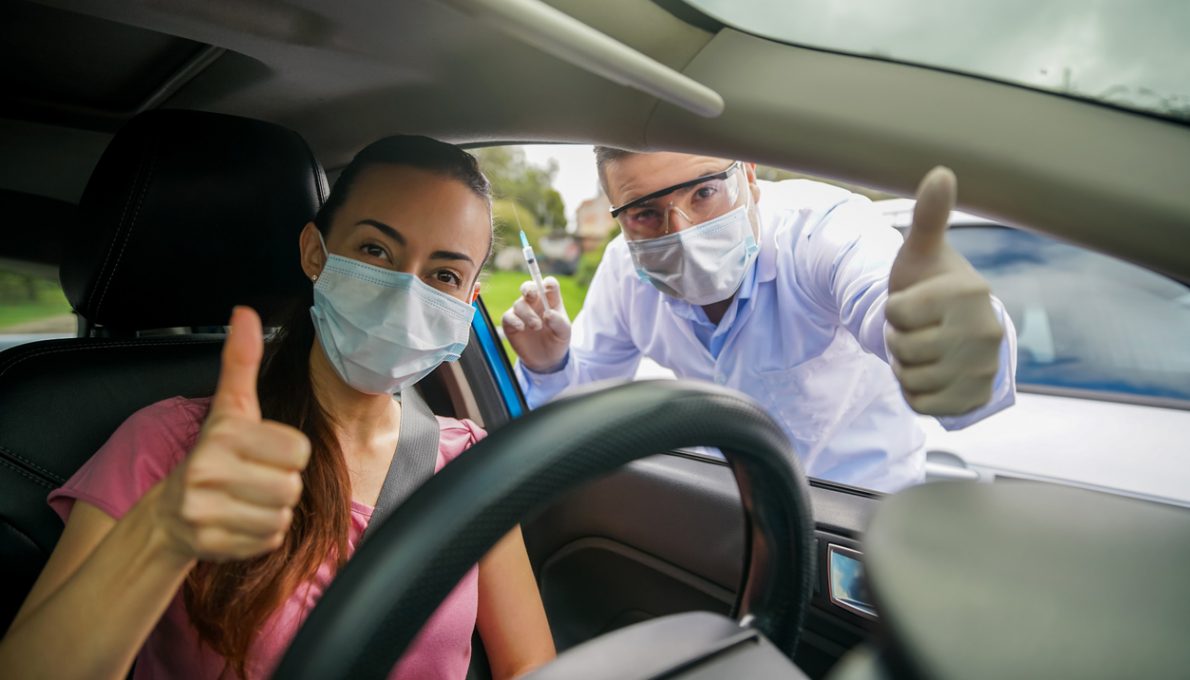The post below originally appeared in the National Academies of Sciences, Engineering and Medicine website and includes two guidance documents from the Societal Experts Action Networks (SEAN). The guidance includes 1) Communicating Vaccine Efficacy and 2) Communicating About Efficacy and Effectiveness in the Context of Equity in the COVID-19 Vaccine Distribution. Dr. Scott Ratzan is on the Academies Communications Council.
Confusing messages about how well COVID-19 vaccines work pose a barrier to public understanding and broad vaccine uptake. When deciding whether to get vaccinated, members of the public may ask, “Should I take the currently available vaccine or wait for a ‘better’ one?” “Do the differences really matter?” “Is my community being treated fairly?” To answer these questions, public officials at all levels can use clear, consistent, and readily accessible communications to build a shared understanding of vaccine efficacy and promote uptake among vaccine-hesitant populations.
This new guidance from the Societal Experts Action Network (SEAN) can help public officials prepare and evaluate their communications efforts around vaccination. For additional information on public engagement and communications strategies for building confidence in COVID-19 vaccines, view SEAN’s earlier guidance.
VACCINE EFFICACY AND VACCINE EFFECTIVENESS
To explain to a diverse public how well the COVID-19 vaccines work, public officials need to explain the concepts of vaccine efficacy and vaccine effectiveness.
- Vaccine efficacy is a measure of how well a vaccine prevents a certain negative outcome (whether that is infection, severe symptoms, hospitalization, or death) in a clinical trial. For example, a vaccine with 95 percent efficacy means that in a population in which 100 in 10,000 unvaccinated people are hospitalized due to COVID-19 during a given period, only 5 in 10,000 vaccinated people, on average, would be hospitalized in the same period.
- Unlike vaccine efficacy, vaccine effectiveness is measured in real-world settings with observational studies. Typically, a vaccine’s effectiveness is lower than its efficacy. A wide range of factors—including medications taken, general health status, and storage conditions of administered vaccines, among others—can alter a vaccine’s effect under real-world conditions and increase the variability in responses among those vaccinated.
